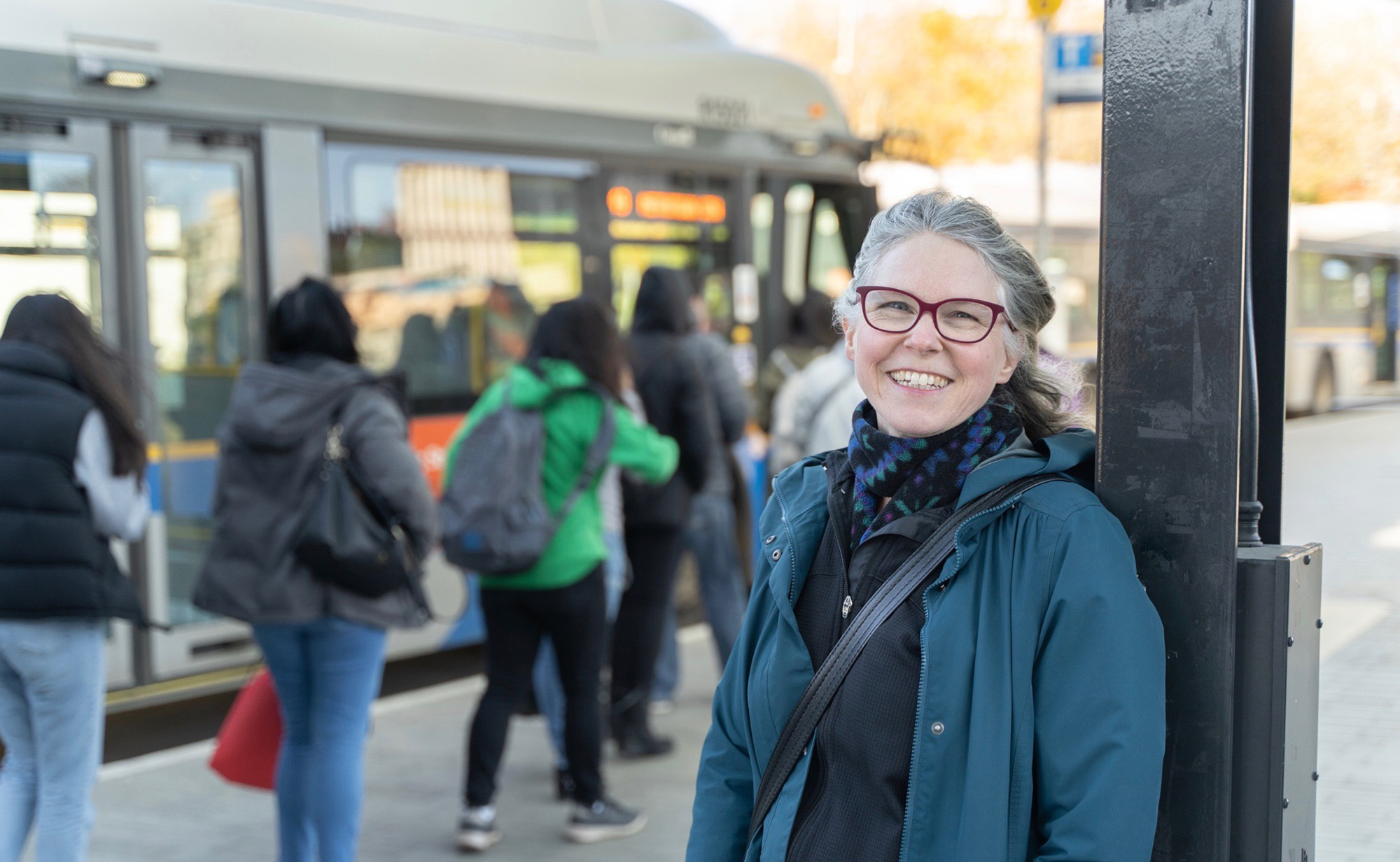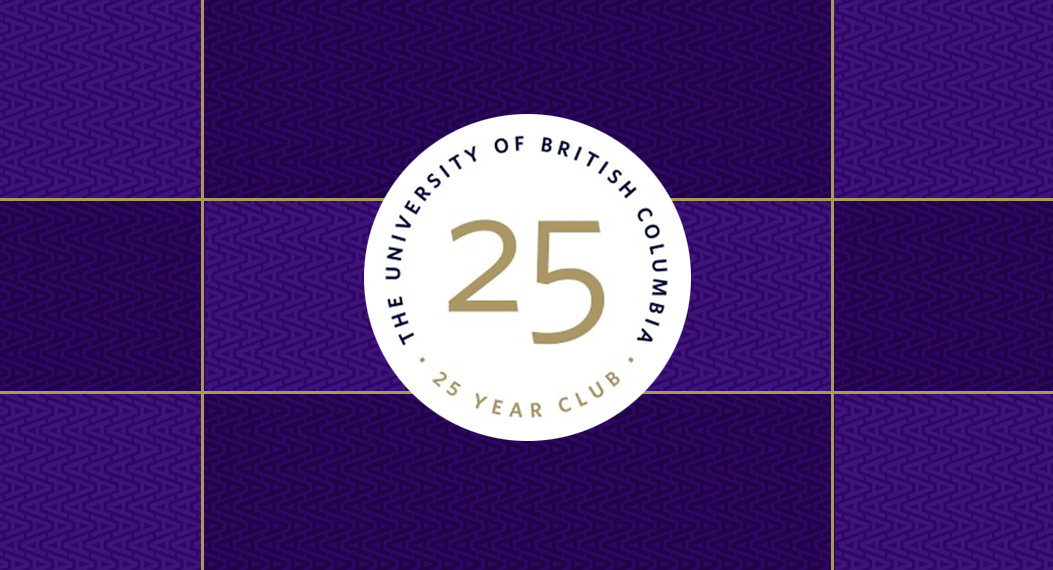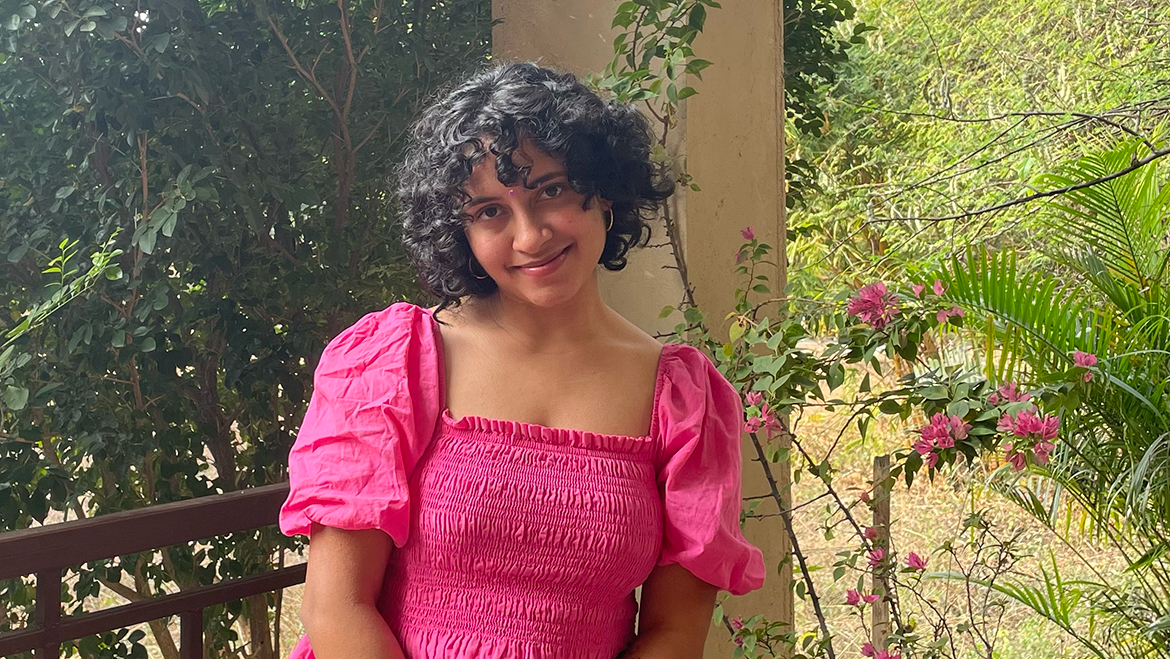

Sociologist Amy Hanser is researching how commuters navigate encounters across social difference.
If you’re a transit user, you likely make dozens of micro-decisions on every bus or SkyTrain ride. Who do you sit next to, and who do you give up your seat for? When should you make or avoid eye contact? Is it ever appropriate to eat your lunch, make a phone call, take a nap, or do your makeup? The rules – some explicit and others unwritten – differ from place to place, person to person.
For sociologist Amy Hanser, the public bus is a fascinating place to study how people navigate these unwritten rules and social differences, because it’s one of the few spaces left in the city where we regularly come into close contact with people who are different than us.
In her new SSHRC-funded study: “The Public Bus as Urban Space” Hanser is conducting an ethnography of bus riders to uncover how city dwellers interact with difference.
We spoke to her about what the research involves, how she got into the topic, and what impact she hopes to have with this work.
What are you trying to uncover in this research project?
Cities are often represented as places where many different types of people mix and intermingle. But if you think about it, we don’t interact all that much with strangers as we move through the city. You might briefly pass by strangers on the street, but how often do we really interact with people who are very different from us? The public bus is a perfect place to study such interactions. It is a nominally public space where all kinds of people not only mix but do so in close proximity. How do people encounter “strange” others in the city? What does it tell us about how city dwellers tolerate (or not) differences of all kinds, be they class, gender, ethnicity or race, age, sexuality or ablebodied-ness? My goal is to understand how people interact with “strangers” in urban, public spaces, with a focus on public buses. I am riding buses, observing what I see and making detailed notes, and soon I will begin interviewing bus passengers about their experiences and perspectives, too.
Can you share an example of the types of interactions or behaviours you will be documenting?
I should stress that I am not “measuring” anything — I am doing what is called ethnography, and trying to record everything I am able to observe, including where people choose to sit (this is quite interesting, and surprisingly consistent across riders!), under what circumstances people interact with one another (speaking to one another, making eye contact, gesturing, sometimes having more sustained interactions), how people navigate around one another, etc. I have chosen routes that traverse the city, moving through very different neighborhoods.
I am really looking forward to pairing my observations with interviews of bus riders. I have had students in research methods classes interview people about commuting in the past, and I have found that many people are actually very thoughtful about their experiences on public transit. One person described having a “bus family” (people he recognized because they always ride the bus at the same time) but not wanting to actually talk to them, because that would come with the obligation to have to talk to them *all* the time. So he liked having “familiars” on the bus, but he didn’t want to find himself forced into having awkward conversations (potentially) every day on his commute.
What drew you to this area of research and why is this topic important to you?
I have been fascinated by public buses for many years, partly due to my own personal bus riding. I am intrigued by how public buses transform as they move through the city, taking on the character of different neighborhoods as people get on and off. Buses are also fascinating on the level of social interaction: When we ride a bus, we pretend that we are not paying attention to the people around us, but in fact we must be closely attuned to other riders, offering seats when required, moving our bodies and our belongings to accommodate others, maintaining appropriate amounts of personal space.
Behavior on public buses is mostly coordinated by unwritten “rules,” which are sometimes violated but mostly respected. If you think about it, people’s behavior on public buses is an incredible example of well-organized collective behavior! The combination of buses as spaces of mixing, shaped by city neighborhoods, and as spaces where people must be attentive to one another, really interests me.
What impact do you hope that your work has?
I think one of the most neglected aspects of “strange” encounters in the city are encounters with people suffering from mental illness or with cognitive disabilities. These are people that most people ignore or actively avoid on the street, but on the bus that is not so easy. These encounters can be very challenging, and I hope to understand better how people experience this aspect of city life and transit.
I also hope that my work will give us some insight into collective life in the modern city. How do we actually live diversity, through close encounters with other people? How do we navigate all sorts of social differences, in the close proximity of a public bus? What does this tell us about the city, about the people who make up the city, and about what life is like in the city?
Media coverage
- “Manspreaders, Beware. This UBC Professor is Studying Your Bus Behaviour.” The Tyee, February 5, 2020.
- “What are the unwritten rules for riding the bus? This UBC prof wants to find out.” University Affairs, February 4, 2020.
- “Where we sit on a bus and how we behave says a lot about us.” CBC The Sunday Edition (podcast). December 13, 2019.
- “For whom the bus rolls: UBC professor looks at bus etiquette.” Postmedia via Vancouver Sun, The Province, December 2, 2019.
- “Bus sociology: UBC professor researches how people act on public transit.” CBC, December 1, 2019
- “UBC researcher riding Vancouver buses to study unwritten rules, social differences.” Vancouver Courier, Times Colonist, Vancouver is Awesome, December 1, 2019.
- “Unspoken rules of bus transit.” CityNews, November 28, 2019.
This Q&A is part of a series exploring SSHRC-funded research in the Faculty of Arts. Related:


